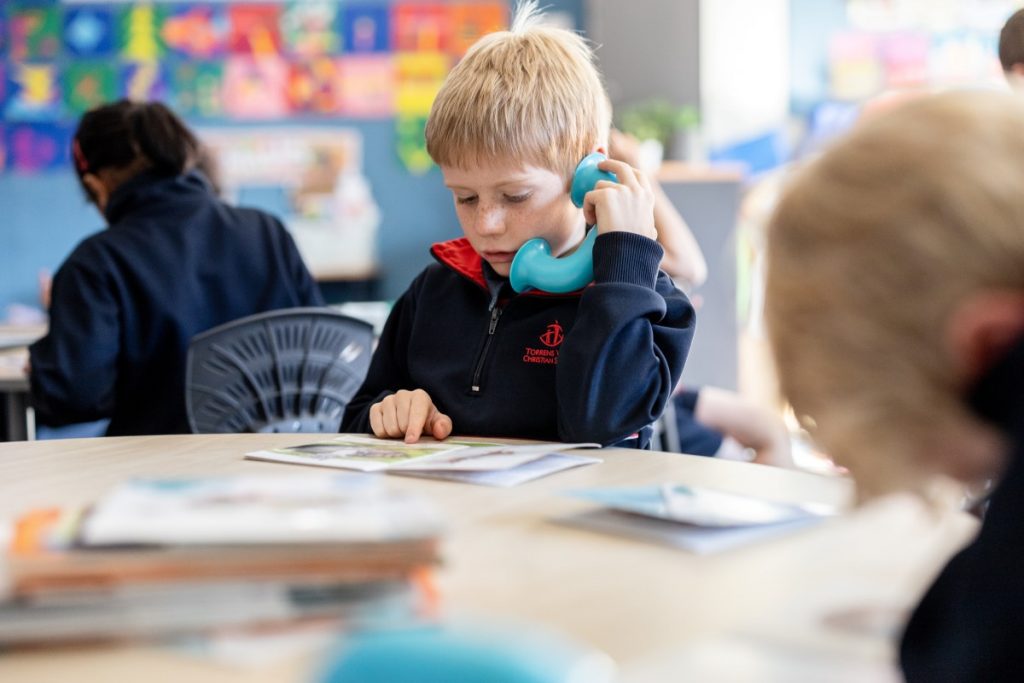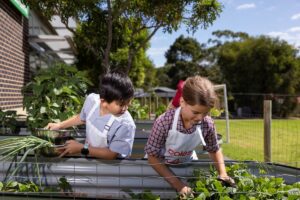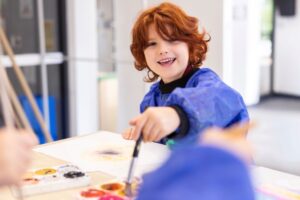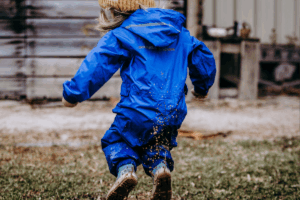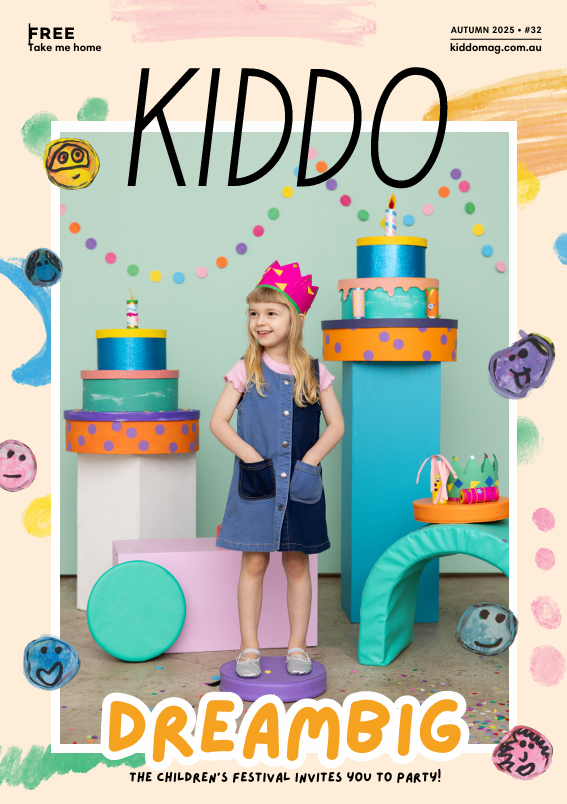WORDS: Lara Aldridge, Reception Teacher & Junior Primary Coordinator at Torrens Valley Christian School
What is reading?
Reading is the ability to decode written symbols and signs, understand the meaning of words and coordinating these skills together in order to read fluently. Reading is making sense of print – the purpose of reading is to understand what has been read.
Readers use many skills and strategies to make sense of the print and pictures on the page when reading and when formal reading starts at school, children are explicitly taught in these areas. At school, they are given the opportunity to develop and practice their vocabulary, decoding, comprehension and fluency skills using a wide variety of structured learning activities, decodable texts and rich texts.
In Reception, we use the Decodable Readers Australia program which is a highly successful systematic synthetic phonics program designed to teach children the relationship between letters and sounds in order to learn to read and write.
Before your child begins school however, there are some key prereading skills that are crucial in giving your child:
- A solid grounding for further literacy learning
- Confidence as they begin the formal reading process at school
- Appropriate preparation for a successful reading journey into the future

What are pre-reading skills?
Print awareness & motivation
Understanding that symbols, pictures and letters have meaning and comprehending how books work. A desire to decode words and understand what words say.
- Read with your child every day to help model good reading habits and develop a love for reading
- Point to words and pictures as you read
- Visit the local library and borrow a variety of books
- Read rich texts with wide vocab and interesting characters
- Talk about characters and about what is happening in the story
Visual perceptual skills
The brain’s ability to make sense of what the eyes see – how the eyes work and process information, as opposed to vision. These include eye-hand coordination, visual discrimination, understanding position and visual memory.
- Build strong visual perceptual skills through lots of fine motor, grossmotor and sensory activities – play dough, Duplo, puzzles, dancing, threading, art and craft, spot the difference, dot-to-dots, mazes, memory games, ball games, etc.
- Teach your child to verbally spell and write their name with a capital letter at the start followed by lower case letters
Phonological awareness skills
The ability to hear the difference between sounds, the awareness of what sounds are and how they come together to make words. Skills include the ability to rhyme, segment into syllables and single sounds, blend sounds together, identify sounds in different positions in words and manipulate sounds within words.
- Sing nursery rhymes and finger plays together
- Play games with your child: to identify the beginning, middle and end sounds of words, think of rhyming words, find objects beginning with a particular sound, spot the letter games when out and about (on signs, in shops, on car registration plates, etc), eye-spy, etc
- Clap the syllables of everyday words
- Introduce your child to the difference between letter names (A, B, C) and sounds (a, b, c)
Oral language skills — Speaking & listening
This includes a child’s understanding and use of language and their ability to describe, give and follow instructions and tell stories as well as their vocabulary knowledge.
- Make up stories orally together
- Attend Mainly Music, story time at the library, Playgroup or other community groups to encourage development of speaking and listening skills
- Encourage your child to listen to and follow instructions
- Listen to stories on CD or apps
- Watch programs like Play School and Sesame Street with your child and reinforce the songs and concepts
- Commercial toys and games that encourage oral language and sound recognition such as Guess Who, Snap, alphabet cards, puzzles, matching games, etc
Plenty of practice with pre-reading skills will help make the formal process of learning to read at school more successful. Many of these pre-reading skills can occur incidentally at home, in the car and when you are out and about. You don’t necessarily need to ‘make time’ to practise them.
I will learn to read but first I need to…
Recognise rhyme & sounds: I need to recognise rhyme and the sounds that letters make before I can read
Look at books: I need to be interested in words and exposed to books
Track: I need to follow objects with my eyes, play ball, to help develop my tracking skills
Have opportunities to talk & listen: I need an extensive vocabulary to understand what I read do mazes and dot-to-dots: I need to differentiate size, shapes, lines and directions to read
Build & use my fingers: I need to use my fingers and hands independently to hold books and turn pages
…and I need someone to read to me every day! There is no app to replace your lap!
For more information:
